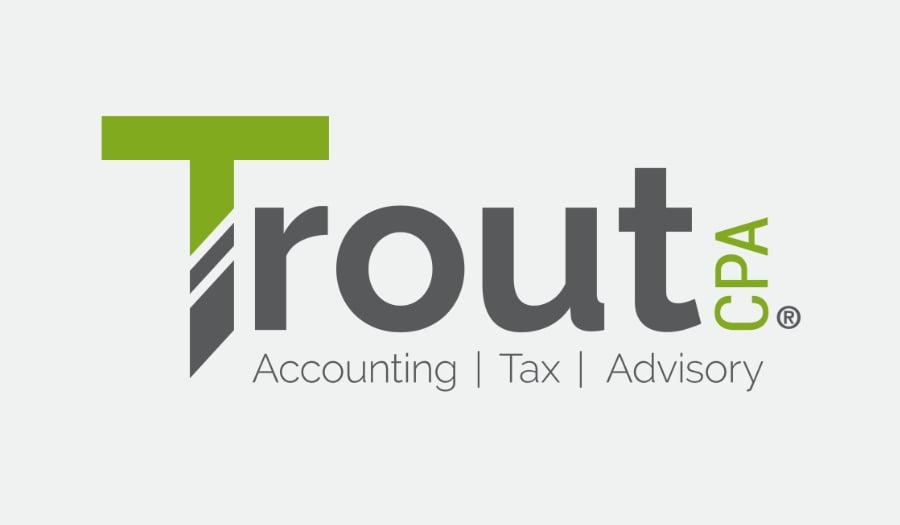In mid-March, President Trump signed an executive order to invoke the Defense Production Act of 1950 (DPA), requiring private companies to prioritize government orders of essential supplies to combat the COVID-19 pandemic. Under the DPA, financial incentives are also permissible to private industry to expand production and capacity for necessary supplies and resources.
- Expand and expedite critical national defense-oriented supplies and services from the private sector. This includes both emergency preparedness and response activities conducted pursuant to title VI of The Stafford Disaster Relief and Emergency Assistance Act (Stafford Act).
- Protect and restore critical infrastructure operations.
Complete the following checklist to see if your business can leverage the DPA to manufacture supplies for government agencies now.
Is your company a manufacturer or service provider that could quickly provide the federal government with critical goods or services?
According to the DPA Title III program overview (Title 50, Chapter 55, Section 4533), the DPA has three broad focus areas:
- Sustain Critical Production: To create, maintain, protect, expand, or restore industrial base capabilities essential for national defense.
- Commercialize R&D investments: From government-sponsored research and development to commercial applications
- Scale Emerging Technologies: For the increased use of emerging technologies in security program applications and the rapid transition of emerging technologies.
Most government contractors will fall into the first category as demonstrated already by the presidential memorandum issued on April 2, 2020, that directs the supply of materials to make ventilators to six companies: General Electric Co., Hill-Rom Holdings Inc., Medtronic Public Limited Co., ResMed Inc., Royal Philips N.V. and Vyaire Medical Inc. Acting Homeland Security Secretary Chad Wolf and Health and Human Services Secretary Alex Azar were also directed to “use any and all authority available under the Act to facilitate the supply of materials” to these companies.
Although a wide variety of commercial manufacturers are modifying their assembly lines to address the need for Personal Protective Equipment, ramp up times may take months rather than weeks to be fully operational. Manufacturers with specific NAICS and those with ancillary NAICS may be directed to expand their output as well as product set, if that can be achieved in a faster time period.
Does your company have a flexible supply chain that can ramp up production if necessary?
Government Contractors would be well served to contact their active supply chain members in order to determine their capacity to create new products. It is also important to beta test equipment currently in use to ensure it can handle the new designs and added up-time.
Which federal department has authority over my service offering?
The Federal Priorities and Allocations System (FPAS) is a group of five regulations issued by five federal departments in order to implement the president’s authority under DPA.
- Agriculture Priorities and Allocations System (APAS) [7 CFR part 789], administered by USDA with respect to food resources, food resource facilities, livestock resources, veterinary resources, plant health resources, and the domestic distribution of farm equipment and commercial fertilizer;
- Energy Priorities and Allocations System (EPAS) [10 CFR part 217], administered by DOE with respect to all forms of energy;
- Health Resources Priorities and Allocations System (HRPAS) [45 CFR part 101], administered by HHS with respect to health resources;
- Transportation Priorities and Allocations System (TPAS) [49 CFR part 33], administered by DOT with respect to civil transportation; and
- Defense Priorities and Allocations System (DPAS) [15 CFR part 700], administered by DOC with respect to all other materials, services, and facilities, except water resources.
It’s important to know which department has authority over your offering category because, like the FAR, each government agency has slight variations on its contracting rules and regulations.
Whether you are an experienced large government contractor or a small- to middle market- manufacturer with a strictly commercial focus now is the time to determine if your firm’s offering is considered “critical” under the DPA. Not only will this support your firm’s growth at this uncertain economic time, but you are also “doing your part” by providing invaluable assistance to the nation during the COVID-19 pandemic.
Let’s work together to address our country’s critical needs.



